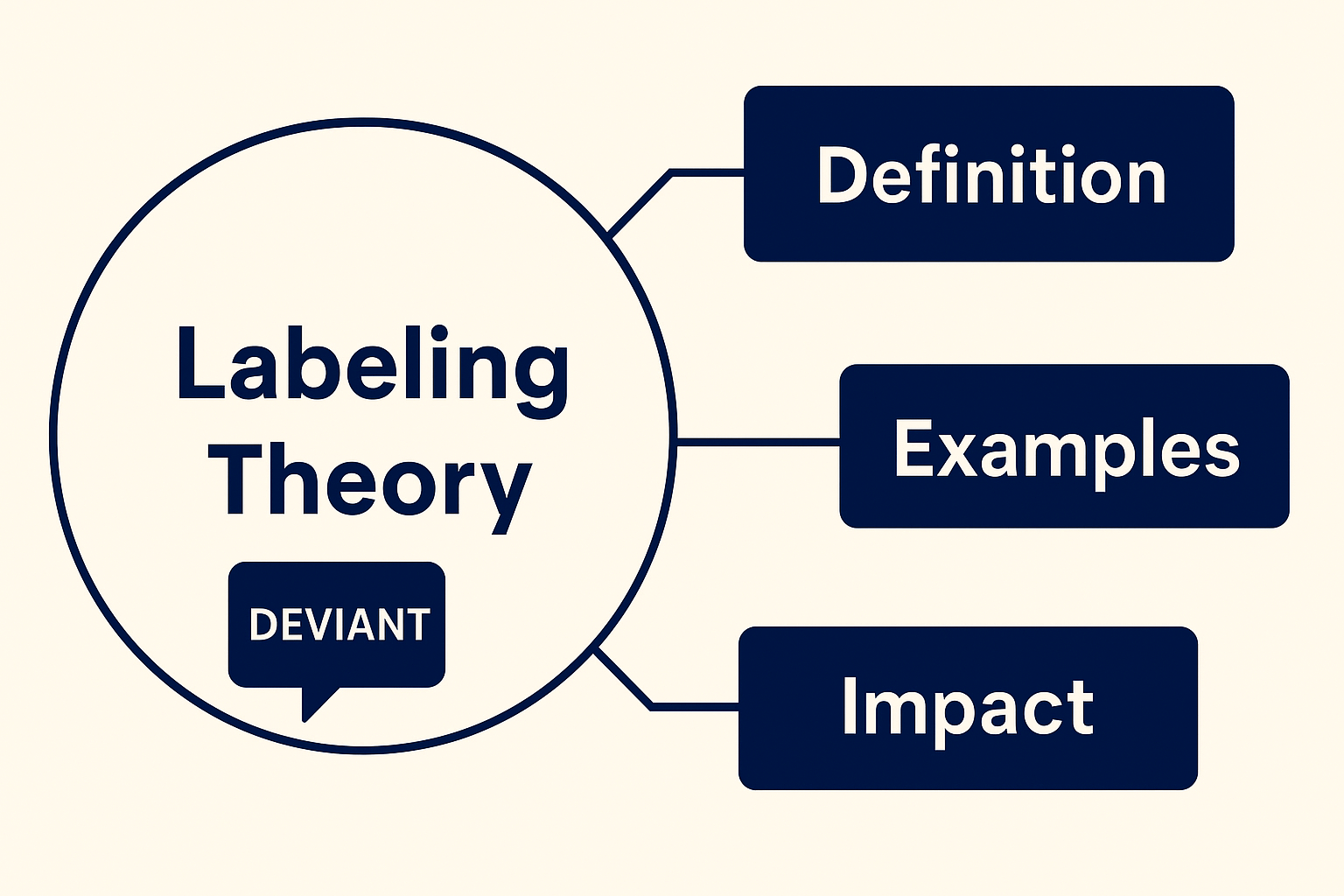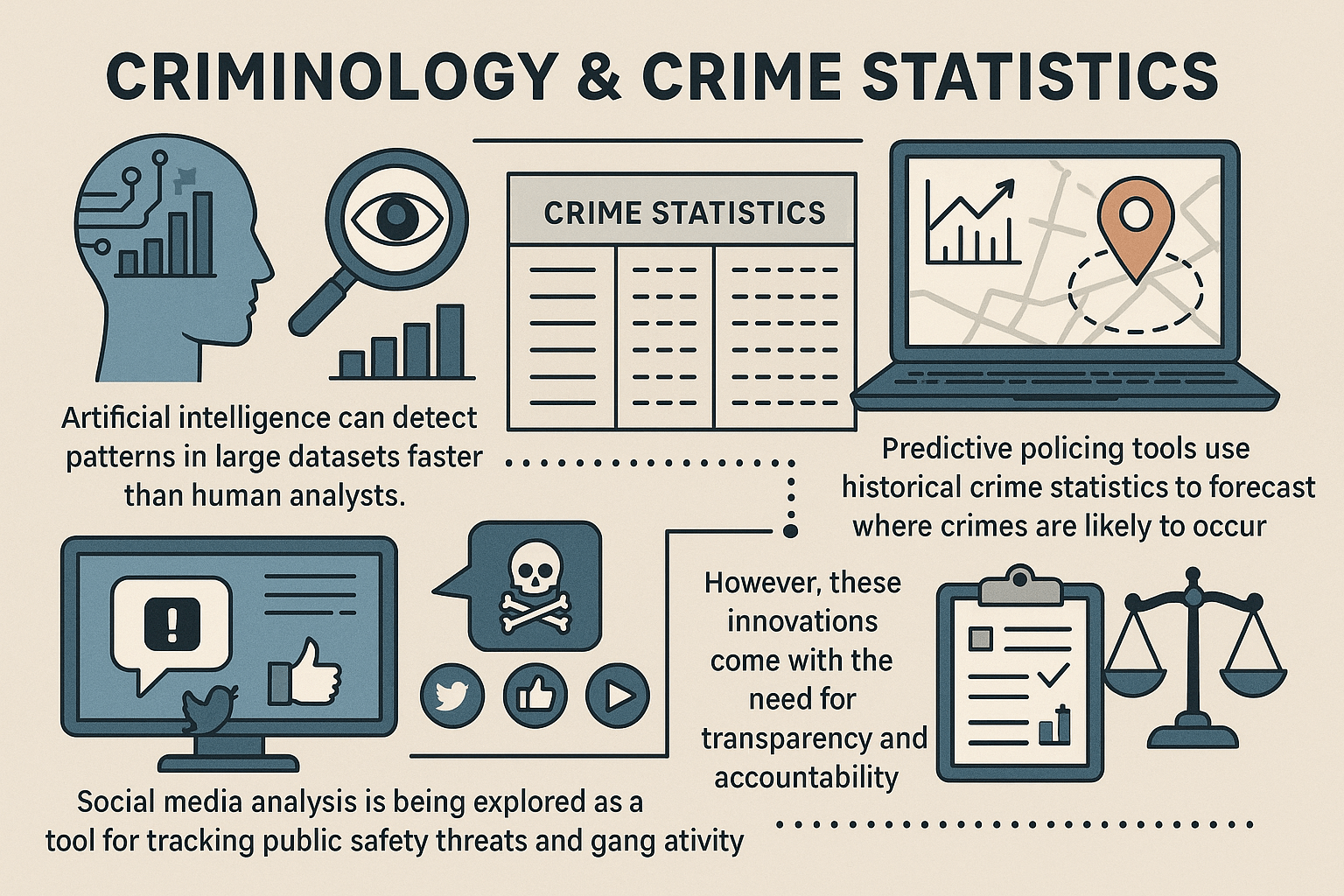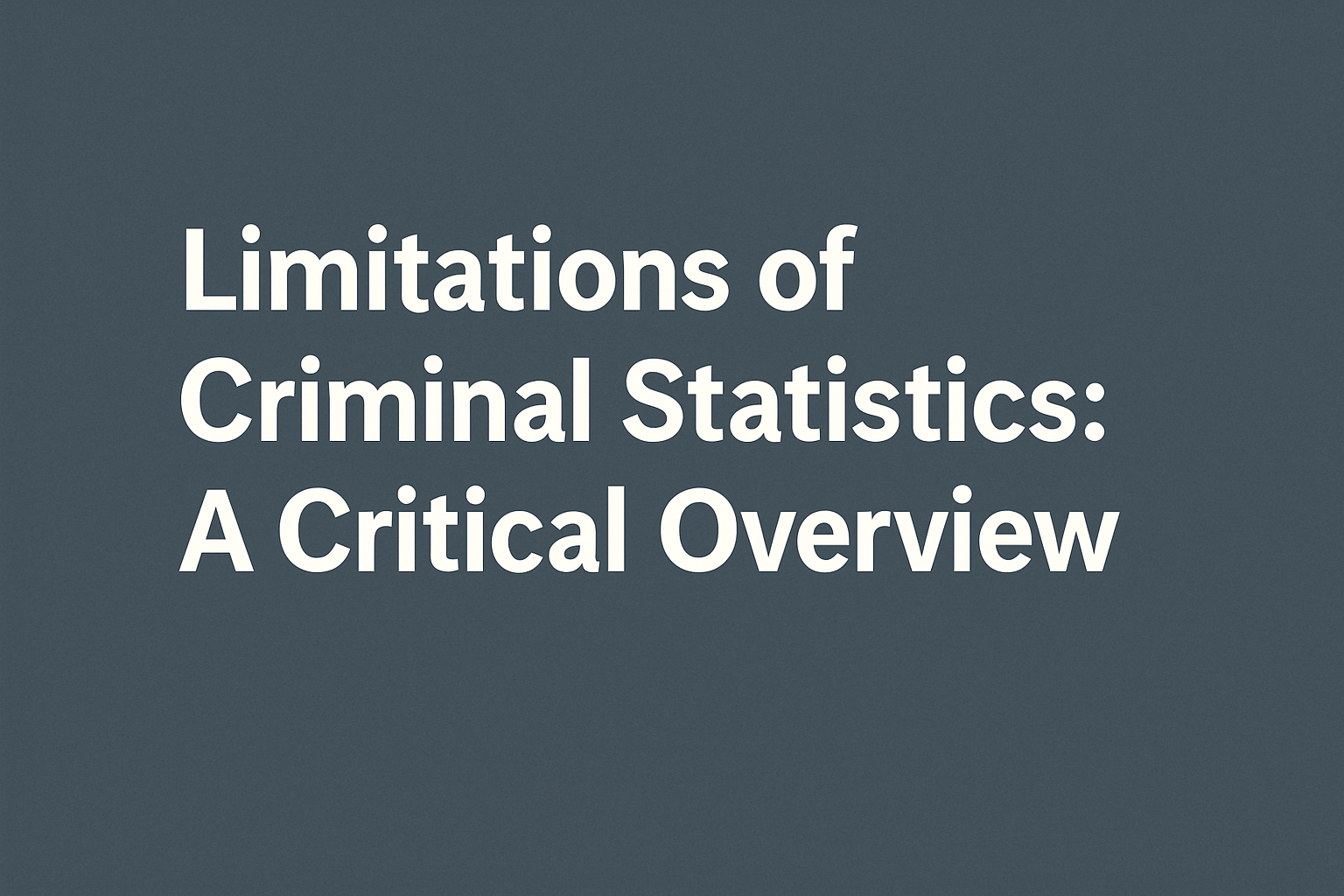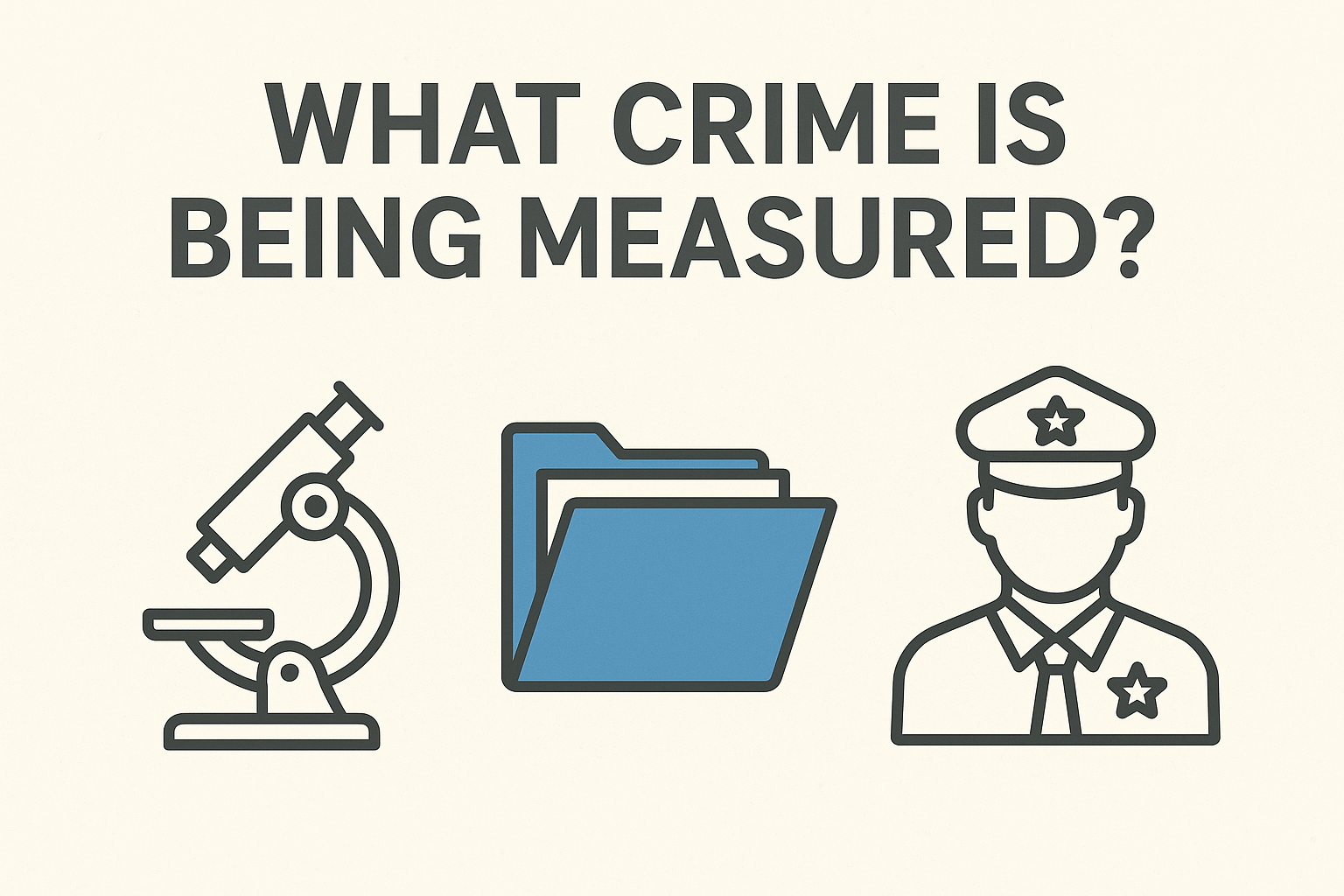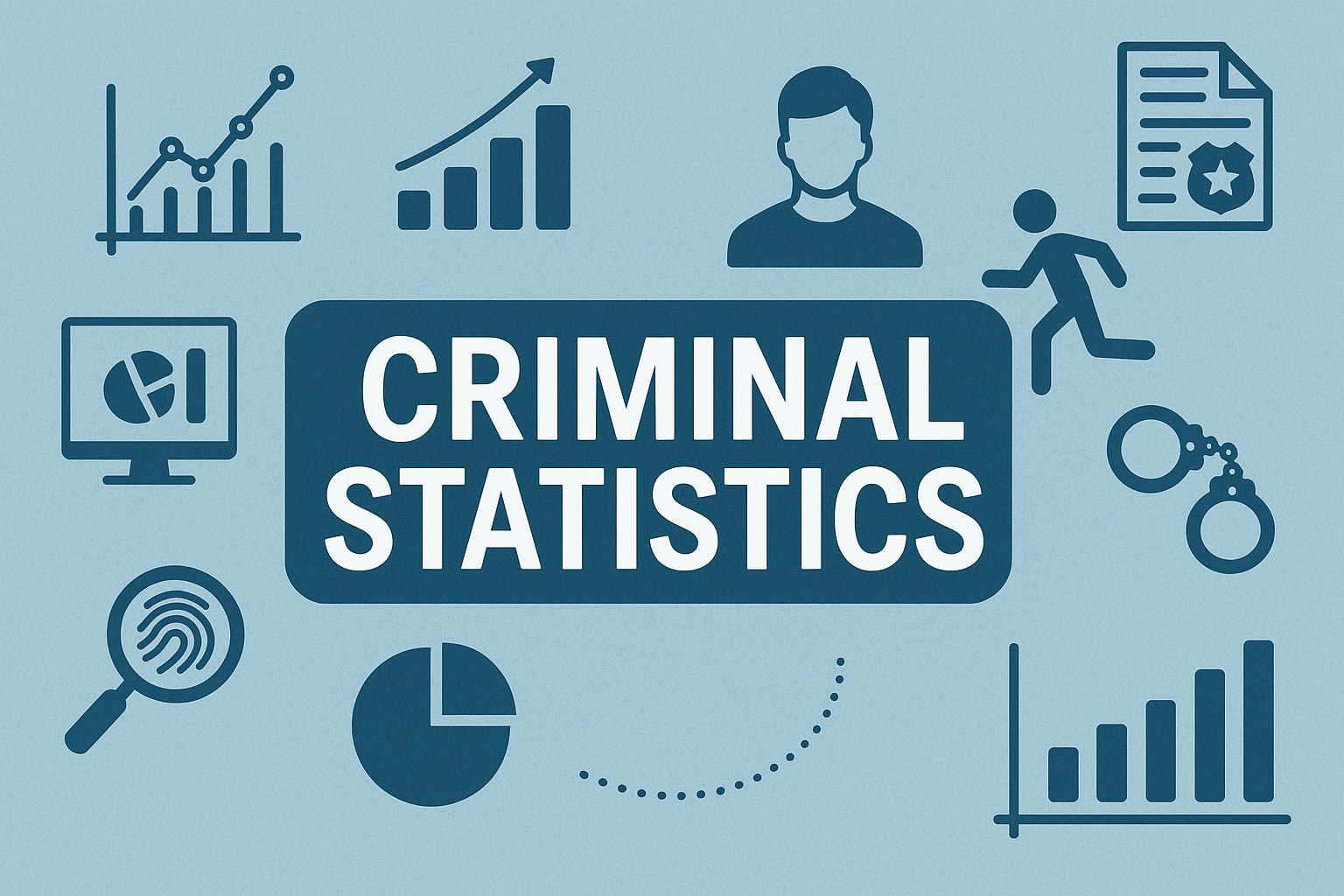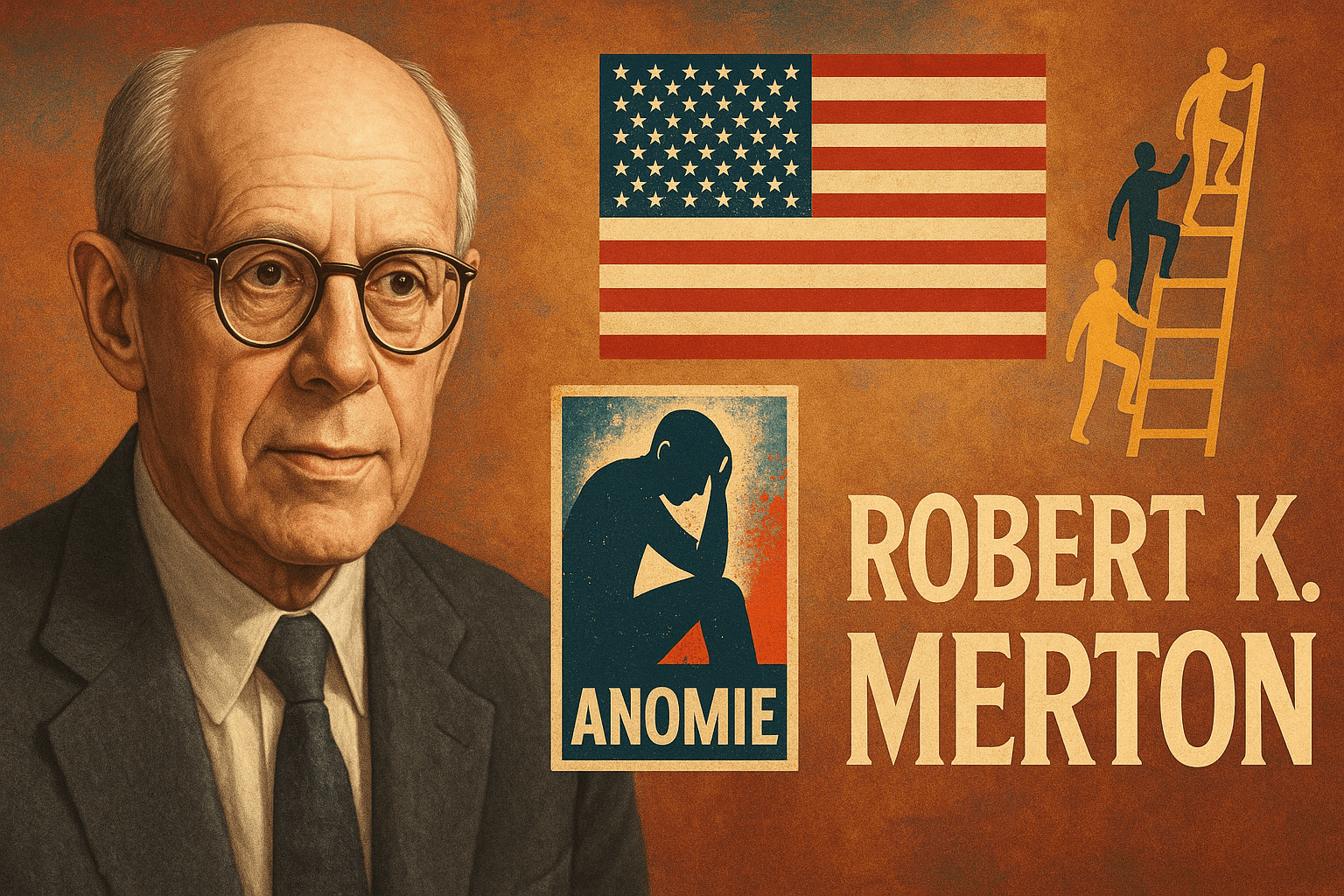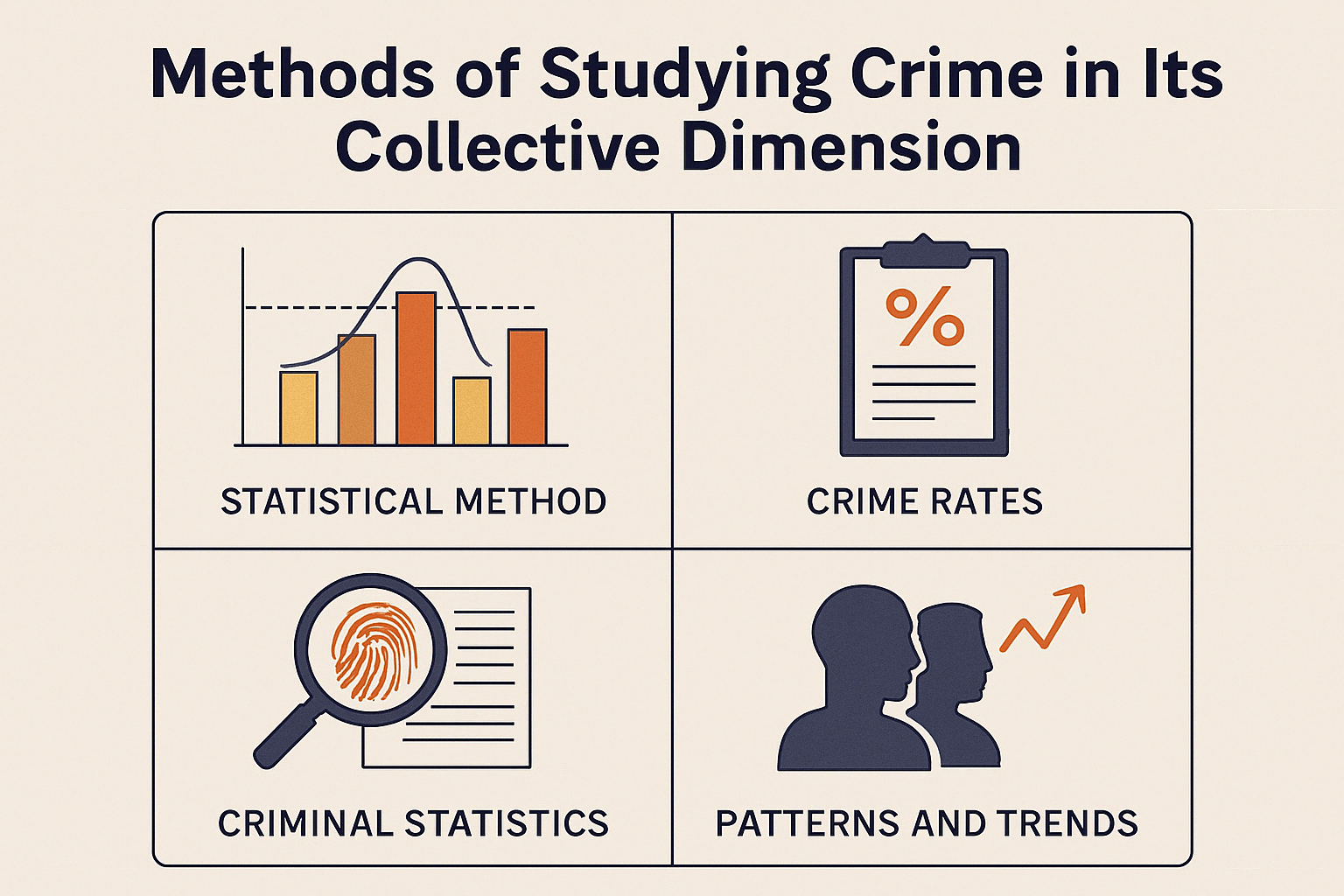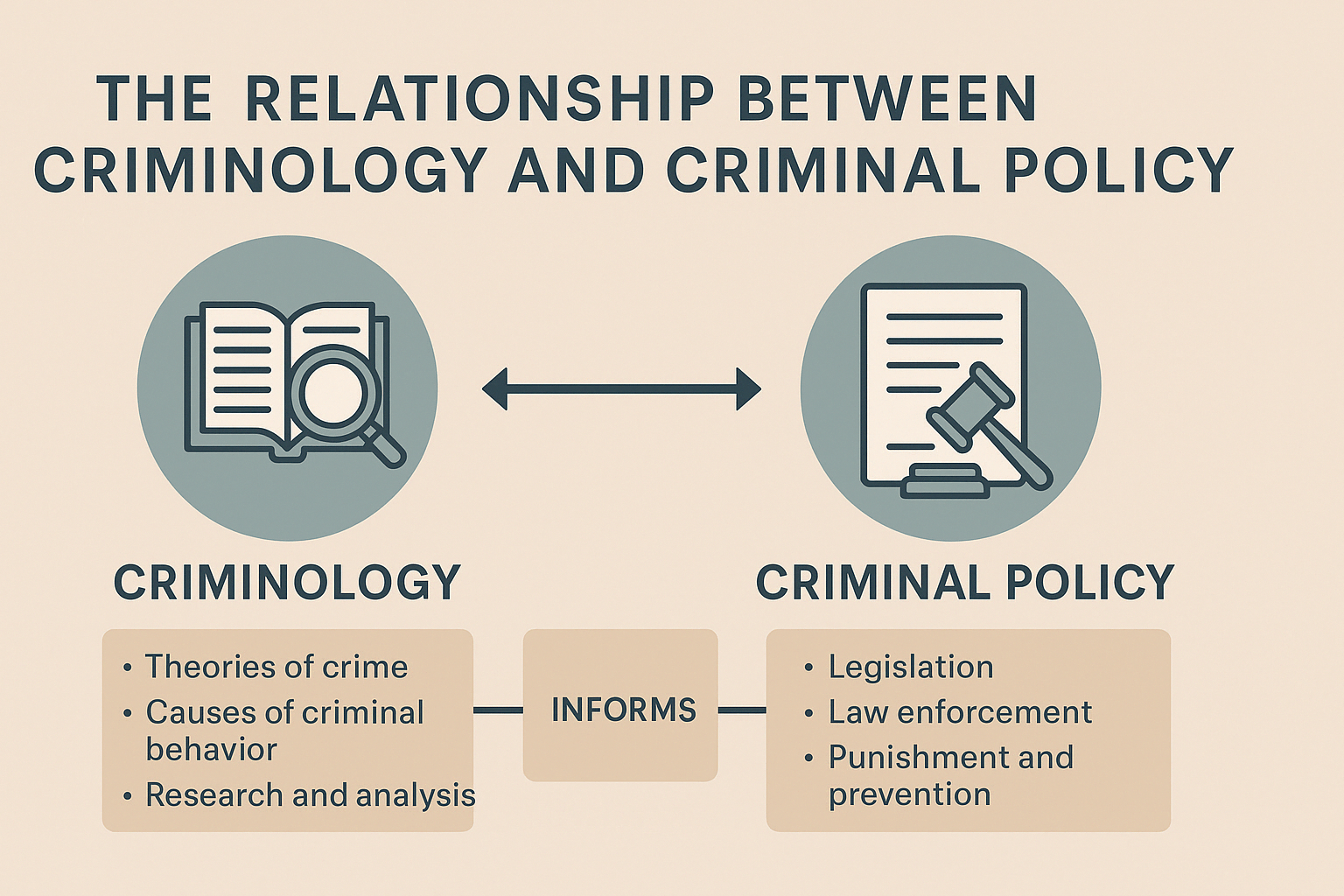What Is Labeling Theory?
Introduction to Labeling Theory Labeling Theory is one of the foundational perspectives in sociology and criminology that examines how the labels assigned to individuals—especially those engaged in deviant or criminal behavior—shape their identity and social interactions. This theory shifts focus from the deviant act itself to the reaction of society and how such responses influence … Read more

